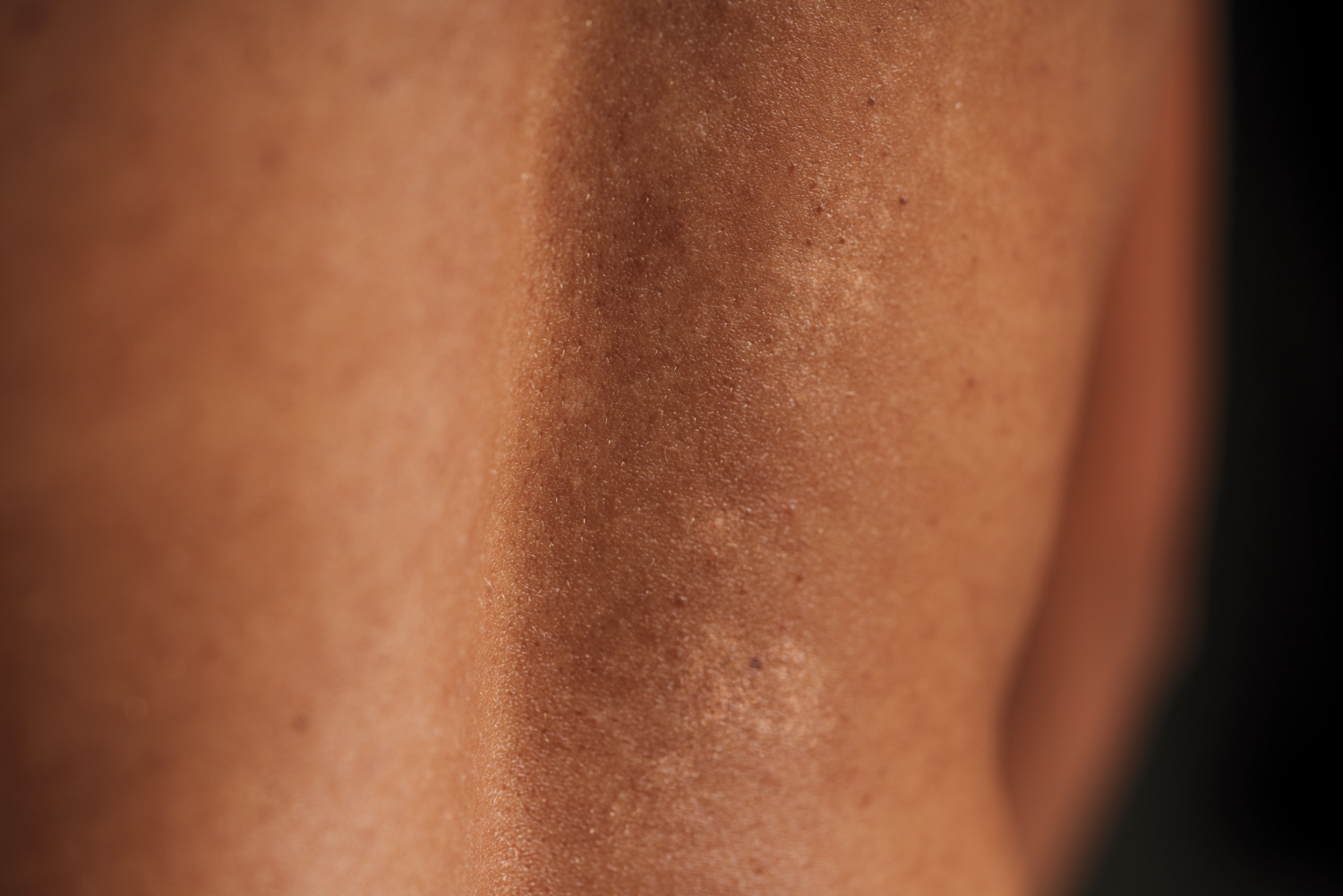
The science community first started using the term “microbiome” to refer to human health in the 1960s, when researchers began to realize that not all microbes found on humans were harmful and that some were, in fact, helpful.
Microbial organisms are in and on almost every part of the human body. Most people are aware of the microbiome in our digestive system and how it relates to gut health. While our digestive system does contain a large portion of the microbes in and on our body, they are also found on our largest organ system: the skin and its appendages. In total, the average human carries two pounds or more of microbial organisms.
Keeping a healthy balance
The human microbiome is the aggregate of all microbiota and its genomic and derivate-products that reside on or within human tissues and biofluids along with the corresponding anatomical sites in which they reside. Whether they are in the gut, on the skin or in another part of the body, most microbes are harmless and quite beneficial to our overall metabolism and maintenance of health and wellness.
The human microbiome is personal, diverse and ever-changing throughout our lifetime. Different areas of the body have different temperatures, pH balance, and amounts of hair, so different types of microbes are likely to grow in each environment. Some of the most common types of bacteria found on our skin are actinobacteria and firmicutes. Your umbilical area is almost certain to have a high level of corynebacteria and the heel of your foot is mostly covered in staphylococcus.1
The average person carries more than two pounds of microbes on their body at all times.2
Most of the time we have a healthy balance of microorganisms on our skin, but many things can lead to an unhealthy balance. Yeasts which consume oils can cause sebaceous glands to dysfunction causing acne or cysts. Bacteria in urine or feces can cause dermatitis if they remain on the skin.
Over-washing, antibiotics, environmental conditions or an unhealthy diet can all lead to an imbalance that impacts the skin. Patients with certain diseases, such as diabetes and auto immune disorders, can have a lower level of commensal – or healthy – microbes and a higher number of pathologic microbes which impair healing.
Managing bacteria to prevent infection of incisions and surgical sites
Having a certain level of biota on your skin is normally healthy, but when you have surgery you don’t want those microbes to get into the incision. The skin needs to be cleaned and prepared before surgery and the incision needs to be covered and protected appropriately after surgery to prevent surgical site infections (SSIs) and maintain a moist wound healing environment.
SSIs are a great burden to the healthcare system with 8.2 million people at risk annually. SSIs make up 21.8% of all Healthcare Associated Infections.3-5 They increase length of stay by 7 to 11 days, increase cost by $20,785 per patient on average and increase mortality rate by 2 to 11 times.6-7 There is clear evidence that these numbers can be impacted with the integration of an appropriate range of preventive measures before, during and after surgery. About one hour before surgery, patients can receive an application of skin and nasal decolonization without using systemic antibiotics. The surgical team should also apply antiseptic to reduce the bacteria load on the patient’s skin and use antimicrobial drapes to immobilize remaining bacteria.
Upon closure in the OR, an antimicrobial dressing or negative pressure wound therapy can help protect the surgical site from contamination. For lower-risk cases, standard dressings like 3M™ Tegaderm dressings provide good protection. For higher-risk cases, a closed incision negative-pressure system like the PREVENA™ Incision Management System protects the incision from external contamination, helps hold incision edges together and removes fluid and infectious materials. These functions may create an environment which promotes wound healing.
What does the future hold?
As science and medicine advances, treatments for everything from cancer to wound healing are becoming more patient-specific. The Human Microbiome Project, established in 2008, looks at the composition of our microbiomes and how it correlates with numerous disease states. The manipulation of our microbiome could be used to prevent pathologic states and treat disease in the future.
As we continue to study our microbiome, we can better understand our skin health, our gut health and, hopefully, how to better prevent and treat disease.
Related post:
 Reduce the Risks of Surgical Site Infection by Using the Right Post-op Cover Dressing
Reduce the Risks of Surgical Site Infection by Using the Right Post-op Cover Dressing
References:
1 Prescott SL. History of medicine: Origin of the term microbiome and why it matters. Human Microbiome Journal 4 (2017) 24-25. http://dx.doi.org/10.1016/j.humic.2017.05.004 2452-2317.
2 National Institutes of Health. (2012, June 13.) NIH Human Microbiome Project defines normal bacterial makeup of the body [Press Release]. Retrieved from https://www.nih.gov/news-events/news-releases/nih-human-microbiome-project-defines-normal-bacterial-makeup-body.
3 European Centre for Disease Prevention and Control. Surveillance of surgical site infections in Europe 2010-2011. Stockholm: ECDC; 2013.
4 Culver DH, Horan TC, Gaynes RP, Martone WJ, Jarvis WR, Emori TG, et al. Surgical wound infection rates by wound class, operative procedure, and patient risk index. National Nosocomial Infections Surveillance System. Am J Med 1991;91:152Se7S.
5 Horan TC, Gaynes RP, Martone WJ, Jarvis WR, Emori TG. CDC definitions of nosocomial surgical site infections, 1992: a modification of CDC definitions of surgical wound infections. Infect Control Hosp Epidemiol 1992;13:606e8
7 Zimlichman E, Henderson D, Tamir O, et al. Health Care-Associated Infections: A Meta-analysis of Costs and Financial Impact on the U.S. Health Care System. JAMA Internal Medicine, Dec. 9/23, 2013. 173(22), 2042-2044
